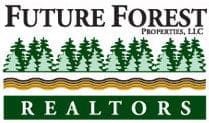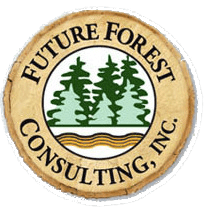Considering buying forest land? Many economists are urging the public to invest. Most of us follow their suggestion by buying real estate properties, especially since the mortgage rates are still historically low. Yes, they may have gone up a bit to 3.1 percent from 2.98 percent last week. But again, that rate is still quite enticing.
If you are thinking of investing in real estate, why not buy forest land? You can use this property for recreation, as a wildlife habitat, or for environmental benefits. But before you start searching for one, you should do your research and note down your goal for the purchase. Here are a few pointers of what to consider when acquiring this type of property:
How Accessible Is the Property?
Before you buy forest land, it would be best to consider its accessibility. This factor will significantly impact your timber harvest, wildlife habitat management, and recreation. It would be best to examine the roads leading to the property. Here are a few questions that you need to go over while inspecting the path leading to the land:
- Are they suited for transporting heavy loads such as forest products and fire suppression equipment?
- Does the accessibility of the property meet your requirements?
- If the property is landlocked, does it have legal accessibility?
- Does it have features that make it difficult to access? How steep is the terrain (keep in mind that slopes greater than 30 percent can hinder activities)?
Land Title
Forest properties are a tad pricey because of the area involved. With this said, you must protect your asset. Asking for the professional help of a title-search lawyer will help you determine if the title of the land is clean.
Doing this will prevent future legal headaches. He can help you determine the following:
- Legally-assured access for landlocked properties
- Rights-of-way held by other landowners
- Deed restrictions or enrollment in “current use” programs
- Rights not implied in the property’s deed (examples are timber, mineral, or development rights)
Legal Boundaries
Most legal disputes arising from properties stem from not having clear boundary lines and corners. Usually, the actual size of the land is not the same as the acreage taxed by the local government or the dimensions listed in the deed.
With this said, it is prudent to ask the current owner for a property map and determine its accuracy. You can also ask the seller if she has marked the boundaries while inspecting them. Lastly, consider if there is a need for a legal survey.
Soil Characteristics
Unlike typical real estate investments, you need to undertake a soil test for forest properties. Doing this will help you identify what activities are suitable for your asset. Here are some relevant details included in the survey:
- Productivity
- The tendency for soil erosion
- Tendency for windthrow
- Probability of seedling survival
- Limits on use of heavy equipment
- Limits on road construction
Conclusion
Investing in forest properties can be very lucrative. But for this to be a successful acquisition, you must do your assignment and research thoroughly. Doing this will prevent future regrets and expensive legal battles.
You can jumpstart your forest properties acquisition by reaching out to Future Forest Properties. We will help you every step of the way, so make that leap of faith! Call us now for more information.

